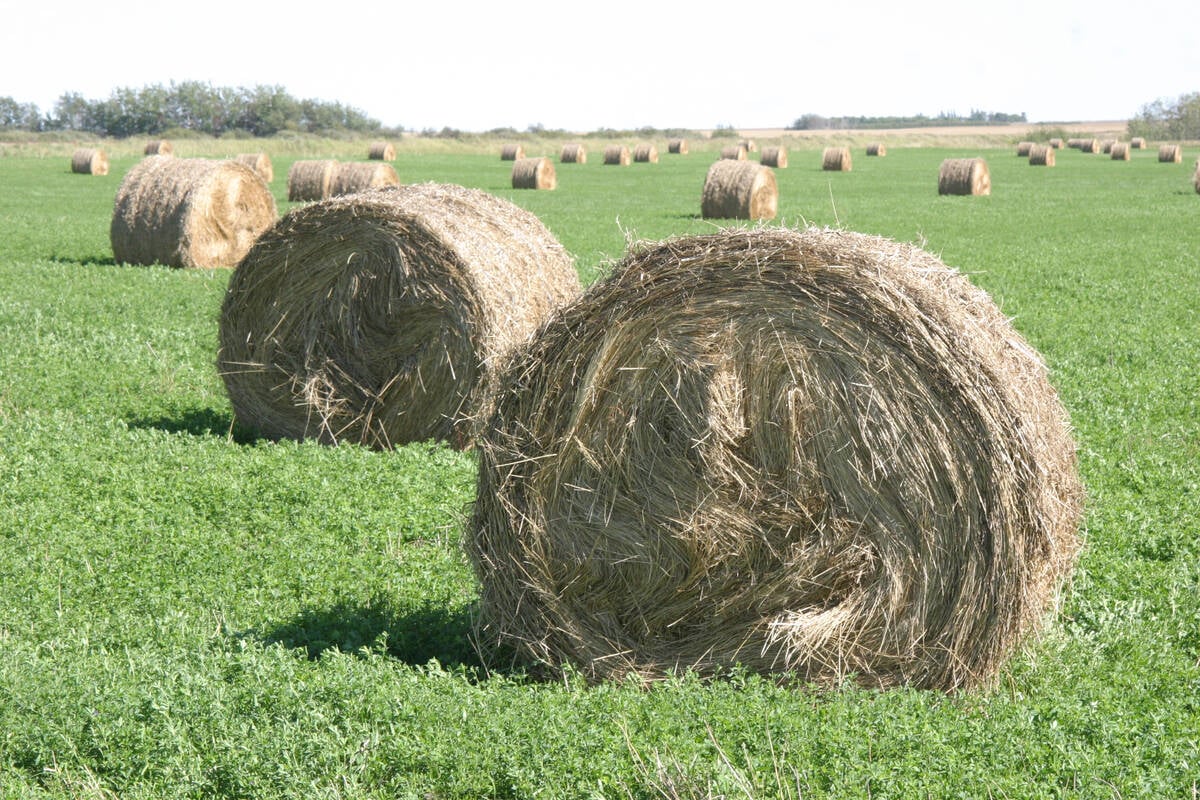With Manitoba weanlings selling for $1 per animal, if a buyer can even be found, it may seem obvious that the Midwest U.S. market is long gone.
As well, most producers are convinced that slaughter hog exports to the United States are also a thing of the past.
However, a senior Canadian hog market analyst says both markets will likely return.
“Country-of-origin labelling has just given them the opportunity to be sticky,” said Kevin Grier of the George Morris Centre in Guelph, Ont.
Read Also

Breaking down successful winter feeding into six steps
It’s that time of year when it is important to start planning for a cow herd’s winter feeding program. Here are six steps I think are necessary to consider when getting your feed tested.
“Once things get short, they’ll become very creative in how they handle Canadian hogs.”
The industry freefall has been caused by a wicked combination of factors that has many producers, citizens and governments writing off much of the industry and assuming the U.S. market has evaporated.
However, because this crisis was caused by the combination of COOL, H1N1 and a cyclical downturn, once the combination ends there may be more of a market south of the border than most assume.
“It’s not as if they don’t want our hogs, it’s just that they have these extra burdens with taking our hogs,” Grier said.
With a massive oversupply of hogs in the market, U.S. packers don’t need to bother with the complications of accepting Canadian slaughter hogs or American slaughter hogs produced from Canadian weanlings. Most analysts say that supply glut will last into the second quarter of 2010.
The glut was caused by the H1N1 flu virus, most analysts say, which backed up export pork into the North American market and snuffed out what should have been a spring and summer rally. North American producers have been losing money for two years in a cyclical trough, but 2009 was widely assumed to be the year of recovery.
H1N1, occurring as the price recovery was expected to begin, swamped the market after a number of importing countries shut their doors to U.S. and Canadian pork.
“The spring and summer rally would not have saved many producers, but it would have saved some,” Grier said.
“They would have built up some equity. With H1N1, there’s no spring and summer rally and we’re going into the fall, when prices typically tank even in good years, and we’re in a historical low.”
Surviving the extended price trough is the main challenge facing Canadian producers. However, once that’s past, American packers have already shown a willingness to accept Canadian pigs.
Tyson has for a long time accepted Canadian hogs, and recently so has Swift. Grier thinks that shows that the return of Canadian hogs to the U.S. market is only a matter of time.
“I think people are waking up to the fact that Tyson’s got an advantage,” Grier said.
“That’ll start perking up again. I knew once Tyson started to do it, others would have to follow suit, because Tyson has an advantage.”
How many Canadian hog operations survive long enough to access that market once the hog and pork glut is gone is anyone’s guess.















